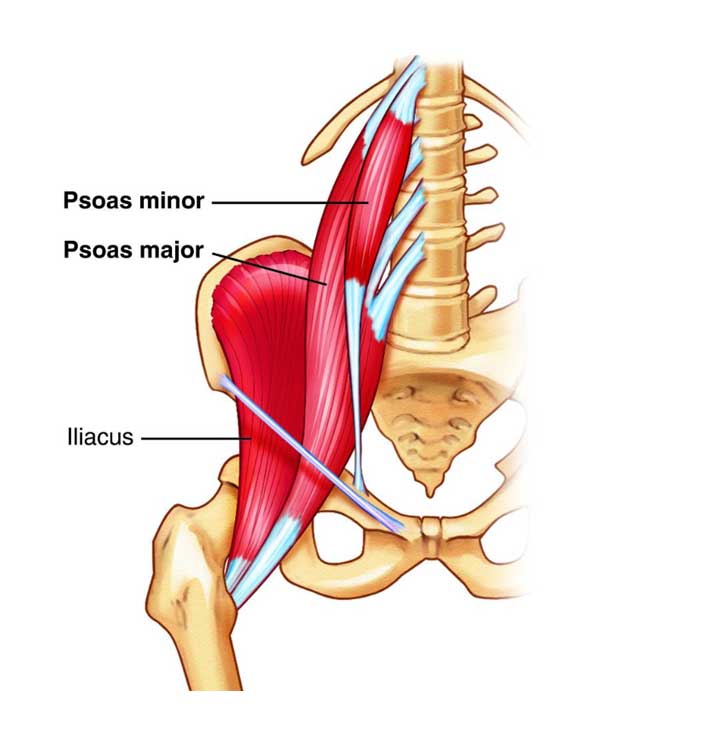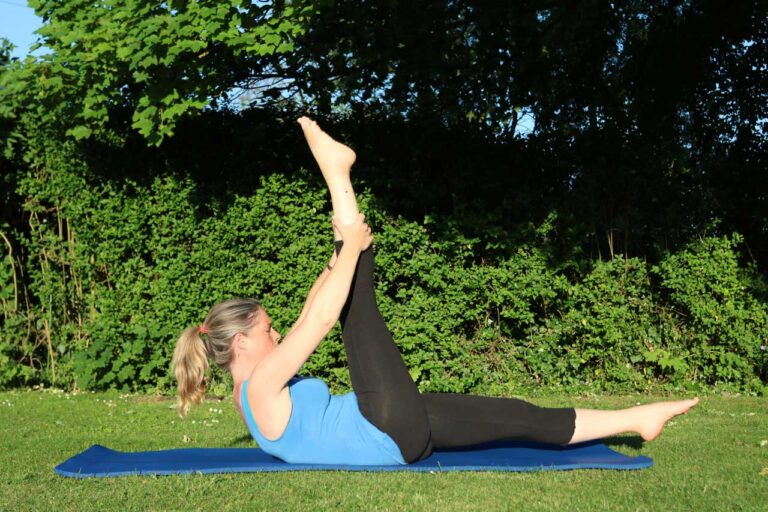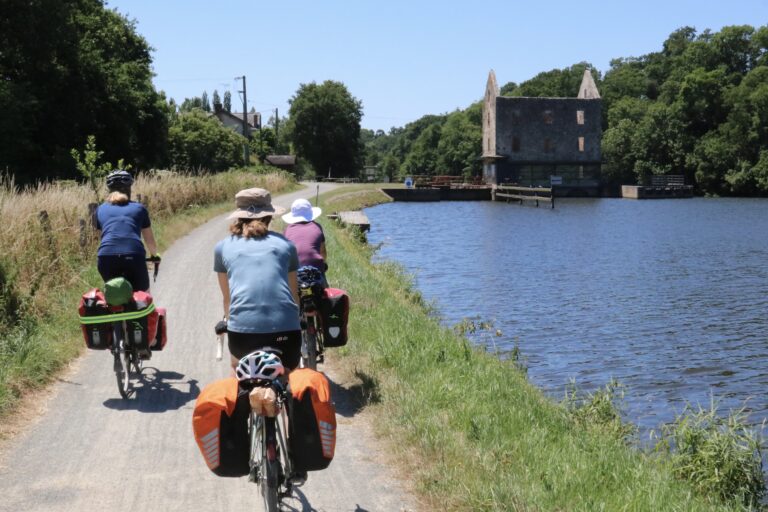Do you know what your Psoas does?
This week I was asked about the Psoas (pronounced So-ass), and it’s such an important muscle, I thought I’d give you a little run down on where it is and what it does.

As you can see in the diagram, the psoas attaches up into the diaphragm (our breathing muscle which sits at the base of the ribcage just above the picture) and then continues to attach to each lumbar (lower back) vertebrae, from where it runs inside the rim of the pelvis (where it blends with the pelvic floor fascia also not shown) and then inserts into the front inside of the thigh bone.
Remember that muscles contract and shorten to move bones and then they lengthen back out to allow the bones to move back to their original position.
So with that in mind, we can picture how the psoas contracts to bring the thigh bone up towards the body (for example when the leg swings forwards in walking, or when you are lying on your back and lift your leg up). We call that hip flexion.
Possibly more importantly it acts to stabilise the spine by supporting upright posture (due to its attachment to the lumbar spine), and it also stabilises the thigh bone by stopping it being shoved forward in the hip socket (very technical terms being used here, but I want to be very clear and not overwhelm you with anatomical jargon).
Now imagine if you are someone who likes to stand with your bottom clenched and your hips thrust forward – I’m sure you know someone who stands like that. In fact go ahead and stand up while you read this; tuck your bottom under and shove your hips forward. What that psoas muscle is now having to do is to work like crazy to hold the thigh bone back in the hip socket. And if you stand like that all day, imagine what a hard time that psoas has trying to do its job. It becomes overstretched and weak, but your brain may ‘feel’ that as being ‘tight’, and you therefore understandably think, “I’m tight at the front of my hips, I really need to stretch it out”. But do you really want to stretch that poor psoas any more? Most likely not, as it’s already at its limit.
What should we do instead? Well, to decrease the pressure on the front of the hip, we need balance at the back of the hip, ie we need to strengthen the glutes and hamstrings. Best exercise for improving glute strength? Step ups. Stand at the bottom of your stairs, hand on bannister if you need it, and step up and down. If that’s easy, step up two steps at a time. No fancy equipment needed.
But back to the other role of the psoas which is … spinal stability. If the muscles that encircle your trunk (your abdominals, diaphragm, and back muscles called multifidi) are weak, then again your psoas will end up overworking in its efforts to try and stabilise the spine.
If we can reposition the pelvis and spine into a more beneficial position through correct functioning of those muscles supporting the trunk AND by strengthening the glutes and hamstrings, then the psoas has an easier life and can get on with its job when it is needed.
And how can we achieve all that, I hear you ask? In my Pilates classes of course!






